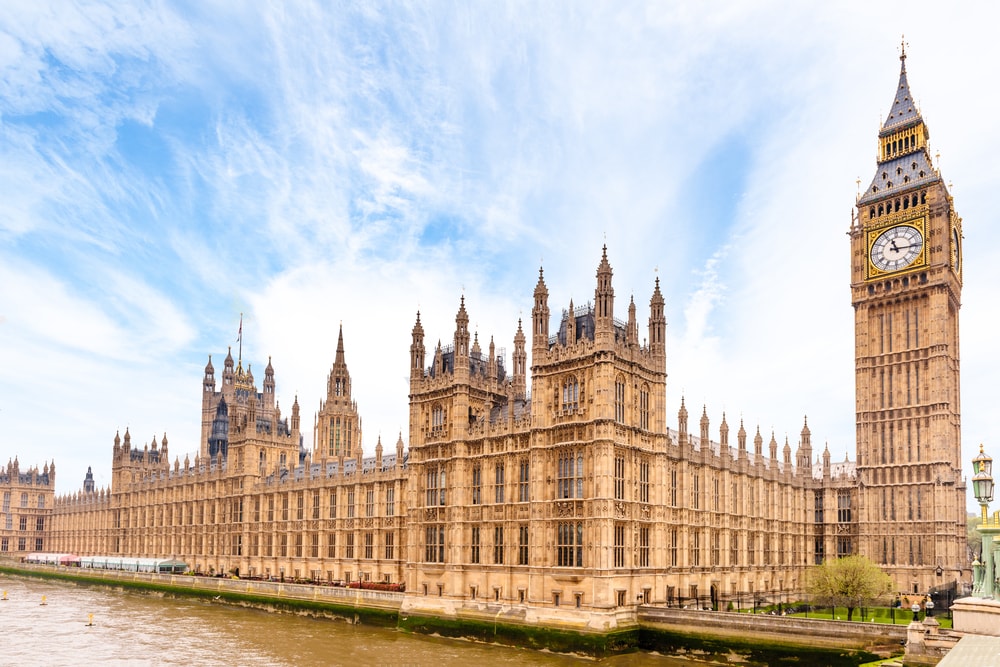The funding position of UK defined benefit (DB) pension schemes has fallen by around £4bn against long-term funding targets across the first month of 2023, although the aggregate funding level has remained unchanged, analysis from XPS Pensions Group has revealed.
The analysis, which came from XPS’s DB:UK funding tracker, found that the funding positions of UK pension schemes fell from £60bn at the start of January to £56bn at the end of the month.
This was based on assets of £1,490bn and liabilities of £1,434bn, with the aggregate funding level of UK pension schemes on a long-term basis standing at 104 per cent as of the end of January, which is also in line with the funding level seen in December 2022.
The analysis also revealed that, whilst there was a fall in gilt yields of 0.25 per cent over January, the resulting liabilities were partially offset by long-term inflation expectations, falling by 0.1 per cent.
XPS Pensions explained that the strong performance of global equity markets combined with narrowing credit spreads and positive returns for corporate bond markets helped to further offset the impact of falling gilt yields, meaning funding levels remained relatively stable over the period.
XPS additionally said that this stability will be "welcome relief" after previous market volatility and provides an opportunity for schemes to "assess their long-term investment strategies".
Amid this significant rise in gilt yields and improved funding positions, DB scheme durations also fell significantly over 2022 from 19 years to 15 years, according to the tracker, with XPS suggesting that trustees will need to be considering this fall when setting their journey plans.
XPS Pensions Group senior consultant, Charlotte Jones, commented: “Schemes fared well against their long-term targets in 2022, withstanding market volatility and gaining from partially unhedged positions against interest rates.
“Trustees of all schemes should now be looking to this period of relative calm as a great time to re-assess their investment strategies, including the opportunity to de-risk and lock in some of the gains made during 2022 through full or partial buy-ins.”
Latest News
-
Pre-Budget fears grow as Brits warn they’ll save less if salary sacrifice is capped
-
Targeted support could be ‘revolutionary’ but data privacy concerns persist
-
LPPI pool set to expand to nine partner funds as ‘key milestone’ reached
-
Success of DB surplus reforms hinges on trustee expertise and ambition
-
PMI launches Development Partnerships programme
-
Experts urge new thinking on pensions engagement amid ‘wall of change’
Private markets – a growing presence within UK DC
Laura Blows discusses the role of private market investment within DC schemes with Aviva Director of Investments, Maiyuresh Rajah
The DB pension landscape
Pensions Age speaks to BlackRock managing director and head of its DB relationship management team, Andrew Reid, about the DB pensions landscape
Podcast: From pension pot to flexible income for life

Podcast: Who matters most in pensions?

In the latest Pensions Age podcast, Francesca Fabrizi speaks to Capita Pension Solutions global practice leader & chief revenue officer, Stuart Heatley, about who matters most in pensions and how to best meet their needs
© 2019 Perspective Publishing Privacy & Cookies











Recent Stories